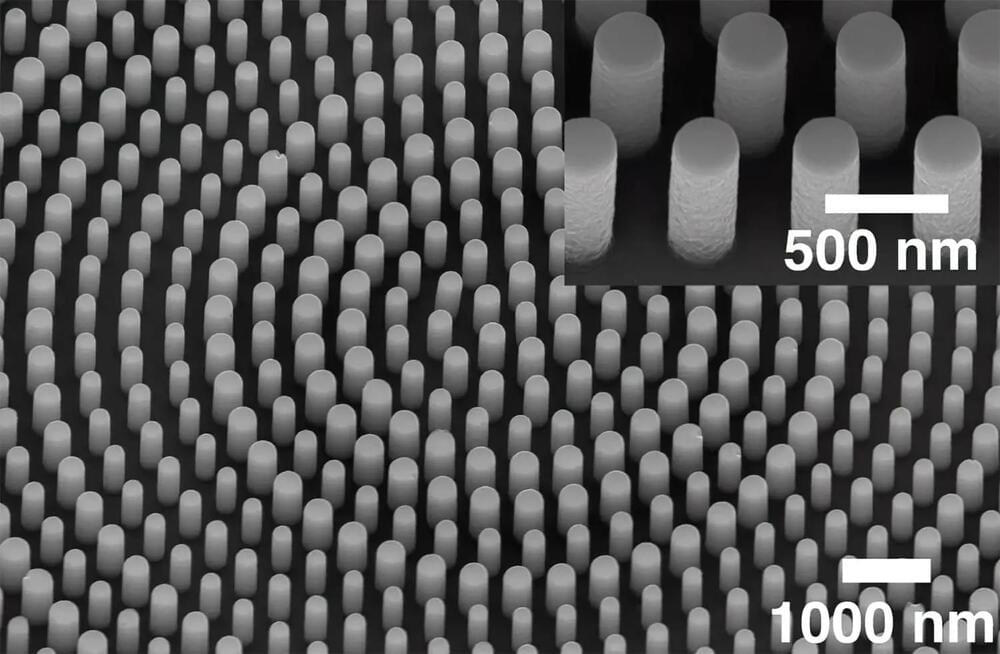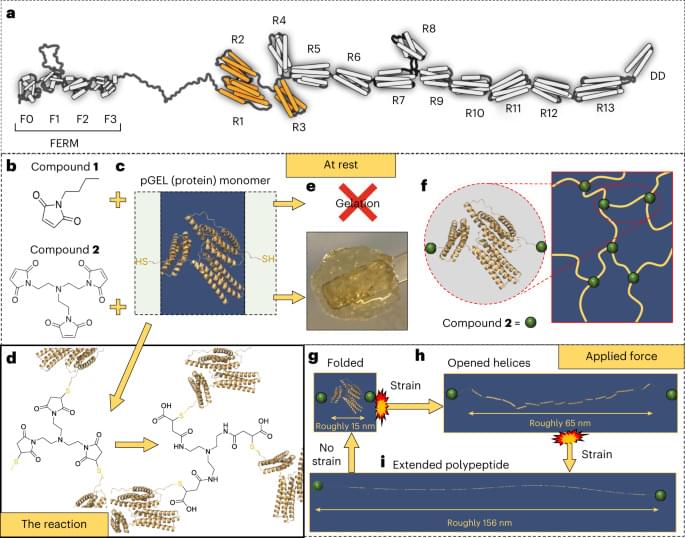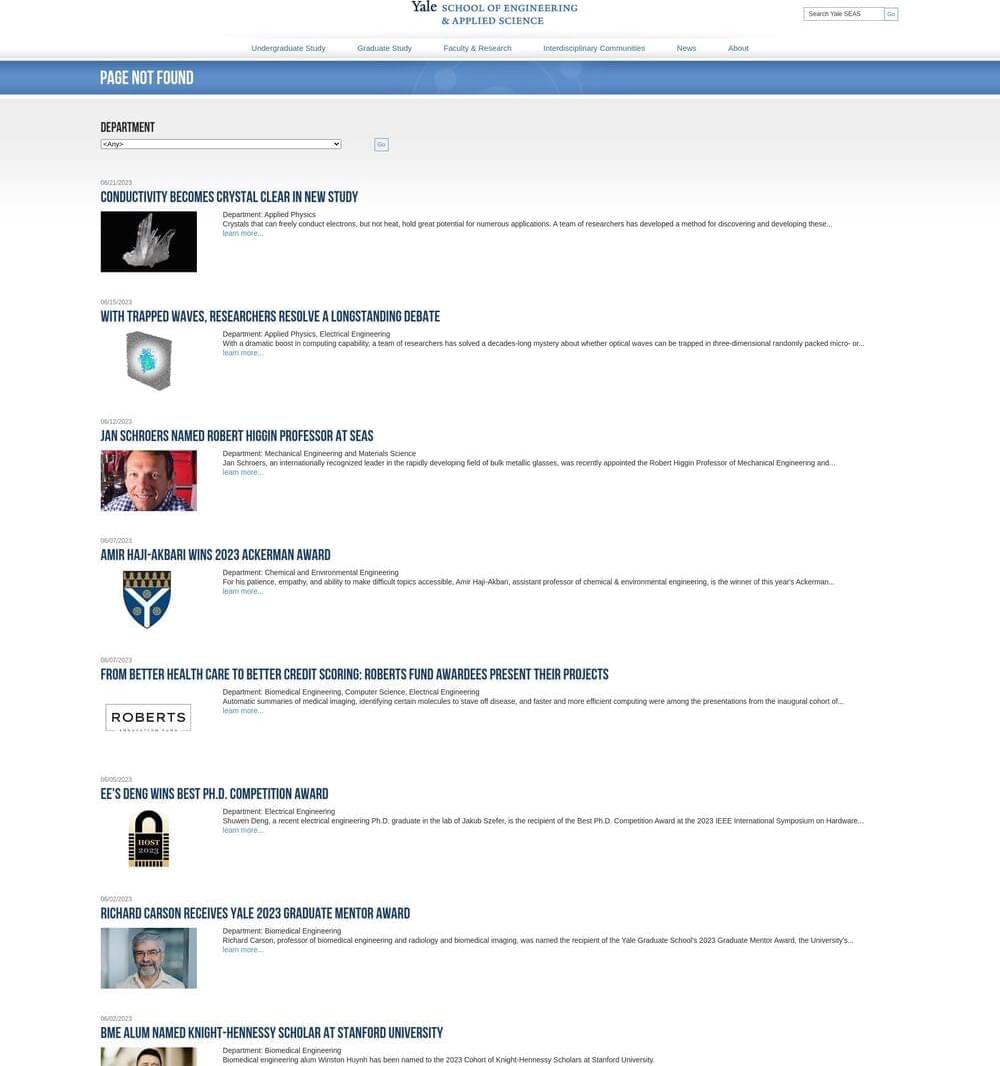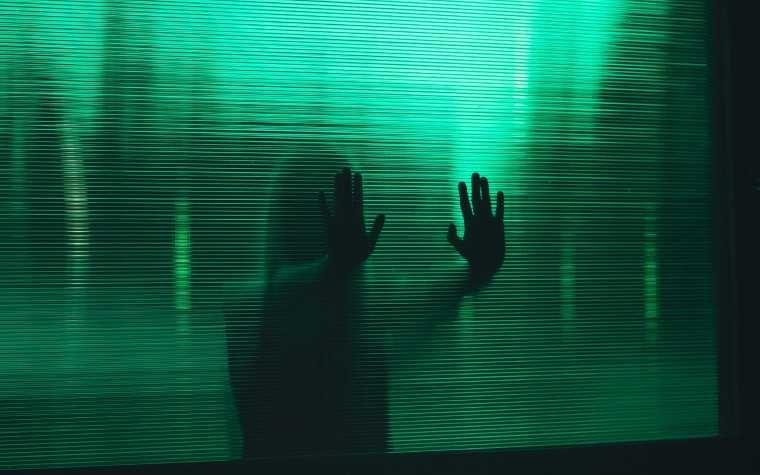The Emerald Ash Borer Network says that once the beetles reach their adult stage, the metallic green bugs will eat up foliage on ash trees – their only food source. But it’s the larvae that eat up the inner bark of ash trees and prevent nutrients and water from circulating.
Once that happens, Littleton officials said the tree that’s been attacked becomes structurally unsound and will die within just a few years.
It’s believed that the insects were introduced to the U.S. from Asia after tagging along on solid wood packing material, the network said. They were first discovered in the U.S. near Detroit in 2002, and have since expanded to at least 35 states as well as at least five Canadian provinces. Ash trees will typically lose most of their canopy within two years of an infestation and die within three to four years, the National Invasive Species Information Center says.








